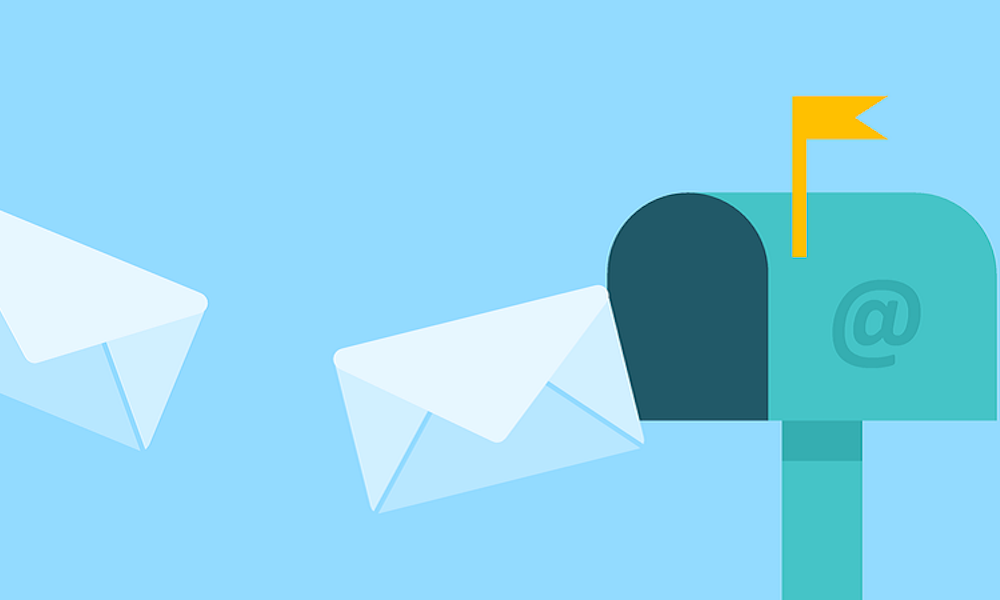It was the American Independence Day in 1996 – a deliberately chosen day. Developers Sabeer Bhatia and Jack Smith released their free email service Hotmail that day.
After a little more than 20 days – at the end of July, 1996 – the service was already being used by 20,000 users of the still young Internet. A respectable success, but the two founders wanted more.
The first growth hack in history
And so Smith and Bhatia discussed things with their investors. The discussion focused on the question of how the company could quickly get new users without a significant marketing budget.
The result of the brainstorming was a single line at the end of each e-mail sent via Hotmail:”PS: I love you. Get your free e-mail at Hotmail.” This is reported by author Adam L. Penenberg in his book* Viral Loop: From Facebook to Twitter; How Today’s Smartest Businesses Grow Themselves.
If you clicked on the blue “Hotmail” link, you were redirected to a registration page. There, you would receive all the relevant information on Hotmail’s offer. In addition, you were given the opportunity to create your own free e-mail account immediately. (That wasn’t standard at that time.)
Microsoft pays 12 million US dollars
Even though nobody knew the term “growth hack” in 1996, it was exactly what the Hotmail founders had succeeded in doing. With a simple trick, the company generated several million users – without having to place an ad.
While Hotmail took six months to break the 1 million-user barrier, the company reached the second million just five weeks later. When Microsoft took over Hotmail for 400 million US dollars just under a year later, the service already had 12 million users. At the turn of the millennium, there were 65 million users.
Today, Hotmail no longer exists. Since 2013, Microsoft has been promoting the first growth hack in history under the name Outlook, which has now spread to millions of computers and smartphones.










